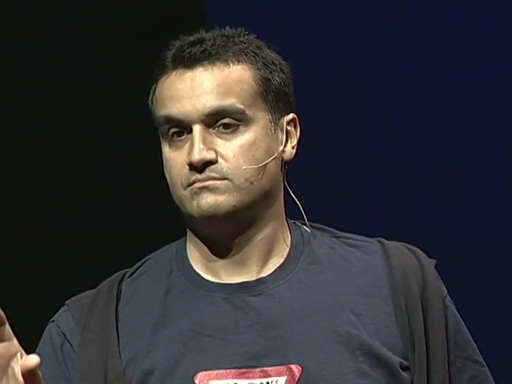3.1 Talking with your body
Watch ‘In praise of slowness’ by Carl Honoré. Carl is shown from a lot of different angles. Sometimes you can see his whole body, while at other times there’s a close-up of his head and shoulders. Take this chance to look very closely at how Carl moves. How does he use his body to express himself? How does he use his face to signal how he feels about something? Try and listen to how his voice sounds rather than just what he says.
Can you see a link between the way Carl moves in the talk generally and his movement when he makes specific points? Note that this isn’t being held up as a perfect performance; you may feel that there are aspects of his behaviour that don’t support his points.
English has a huge number of words that describe what someone is doing when they speak; they might beg, cajole, encourage, enthuse, enthral, captivate, harangue or a multitude of others. Do these words create mind pictures? For example, do they suggest not only the voice but the whole body, with facial expressions, movements of the arms and so on? Although there is much disagreement about what proportion of communication is non-verbal, there seems little doubt that movement contributes something.
As you watch the video, concentrate on how Carl looks and moves, his tone and his voice. Make notes on the following aspects of what you see:
- use of notes (if any)
- eye contact with the audience
- voice quality - speed of delivery, pausing, volume and pitch
- posture
- hand movements.
Did you think aspects of Carl’s non-verbal communication helped him put his point across, or did you think it got in the way?

Transcript
If you want to examine these ideas in more depth you could watch part of this talk again with the sound off, or listen without watching. Or you could do the same with a different talk: watch first without the sound, then listen, and see how well you were able to get the gist of what was being said.
